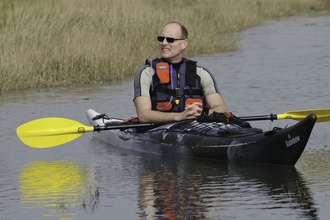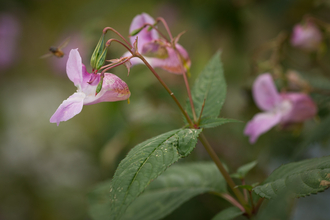Recovering our Rivers: responsible river use
Our rivers are impacted by a huge range of different factors, from environmental factors like climate change to pollutants from our houses. Here are some things we can all do to ensure that the rivers are a healthy place for us all to use.



